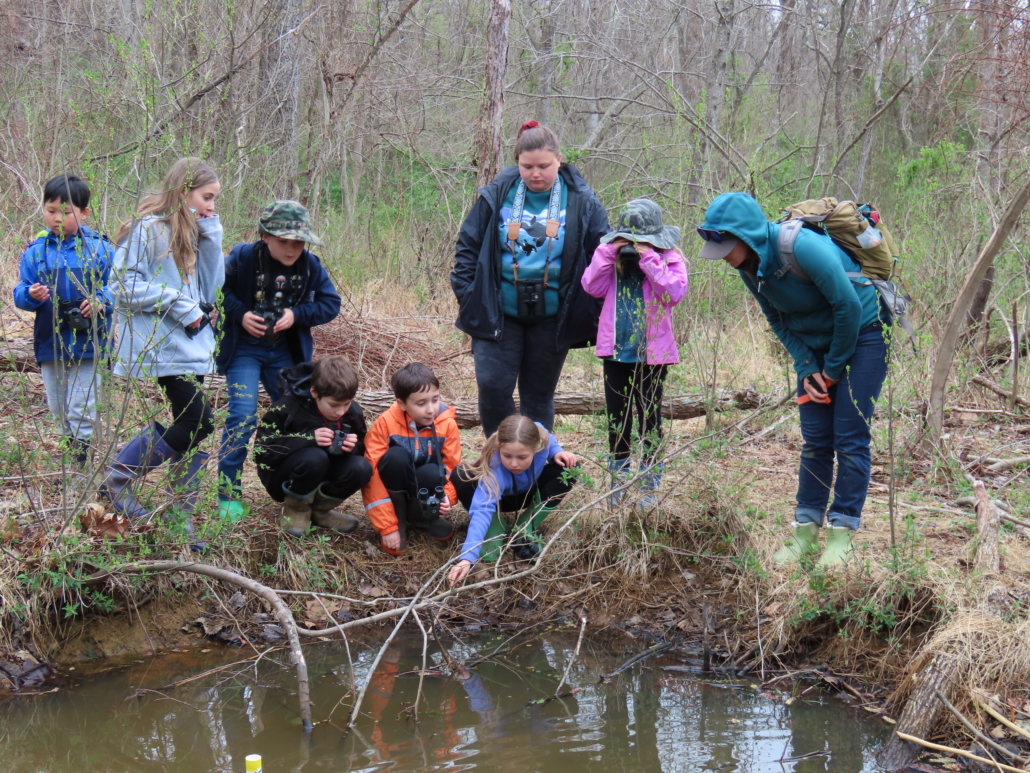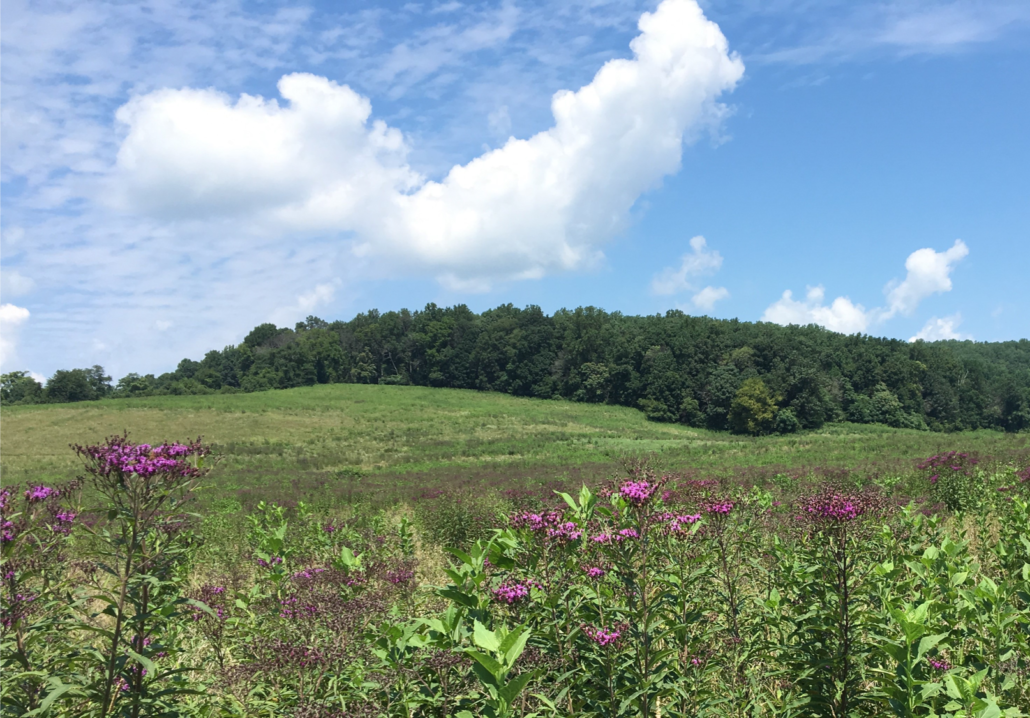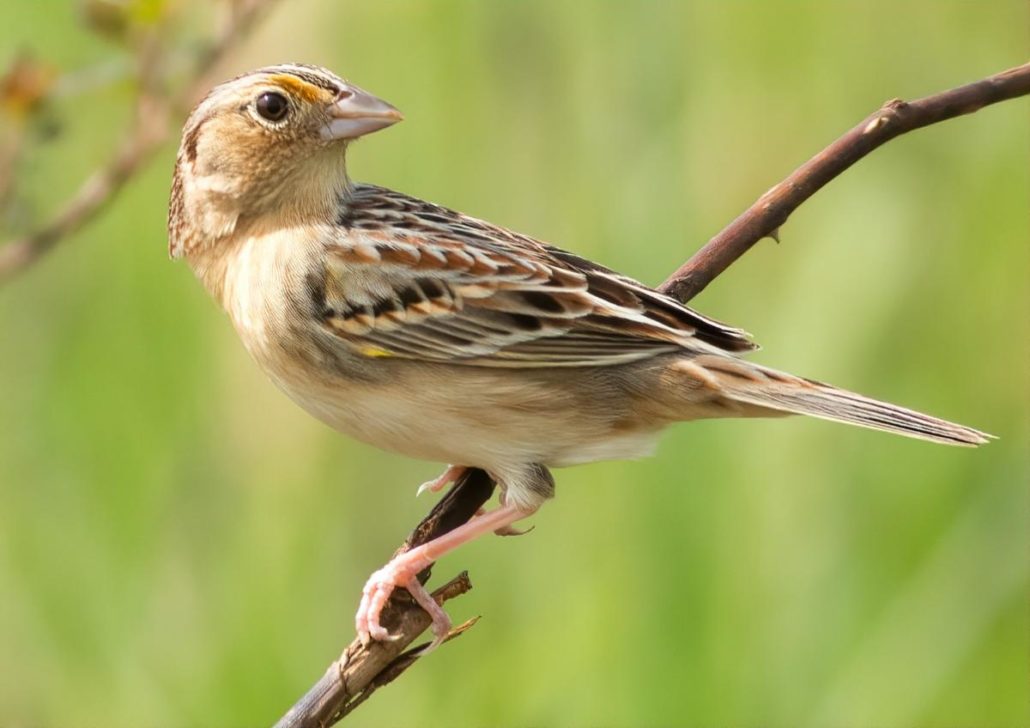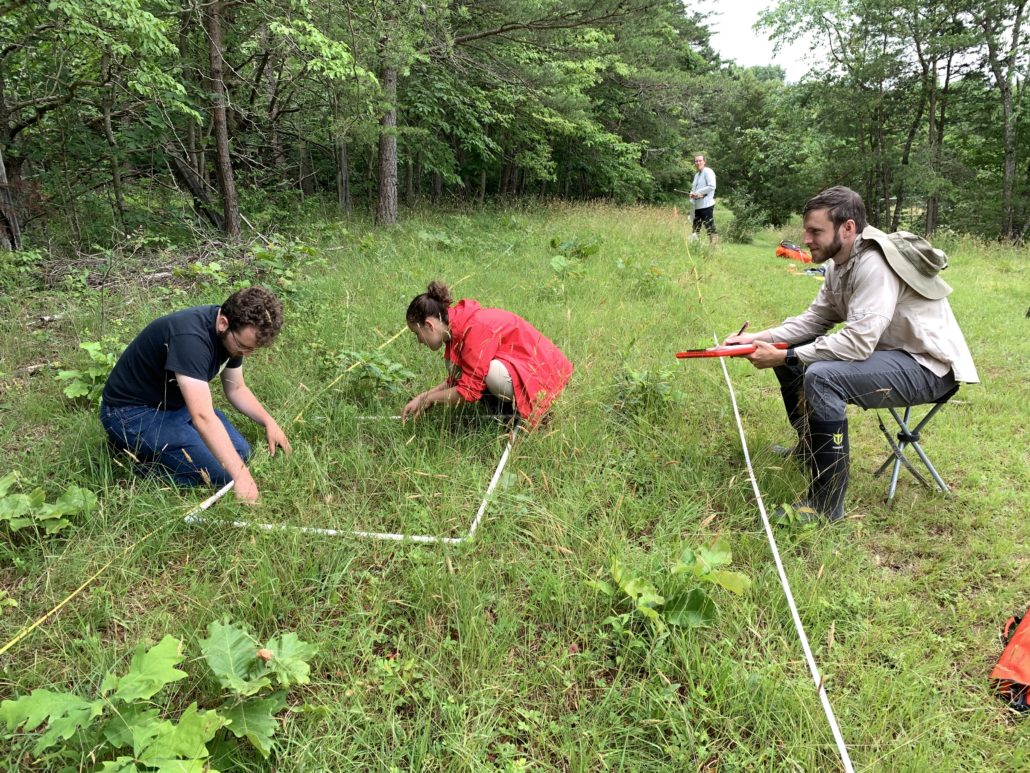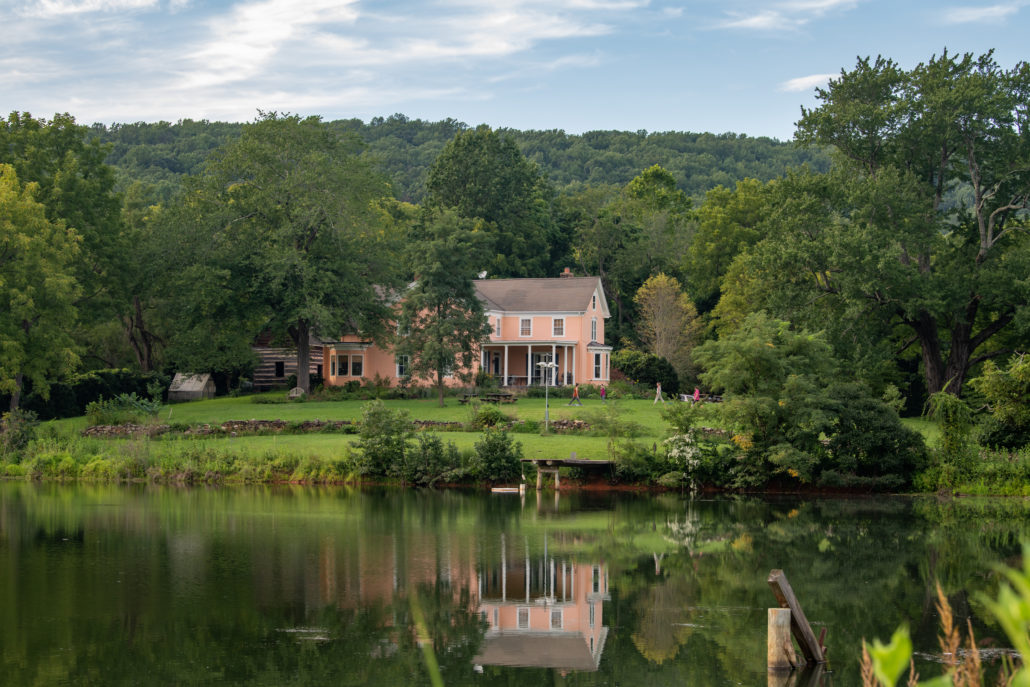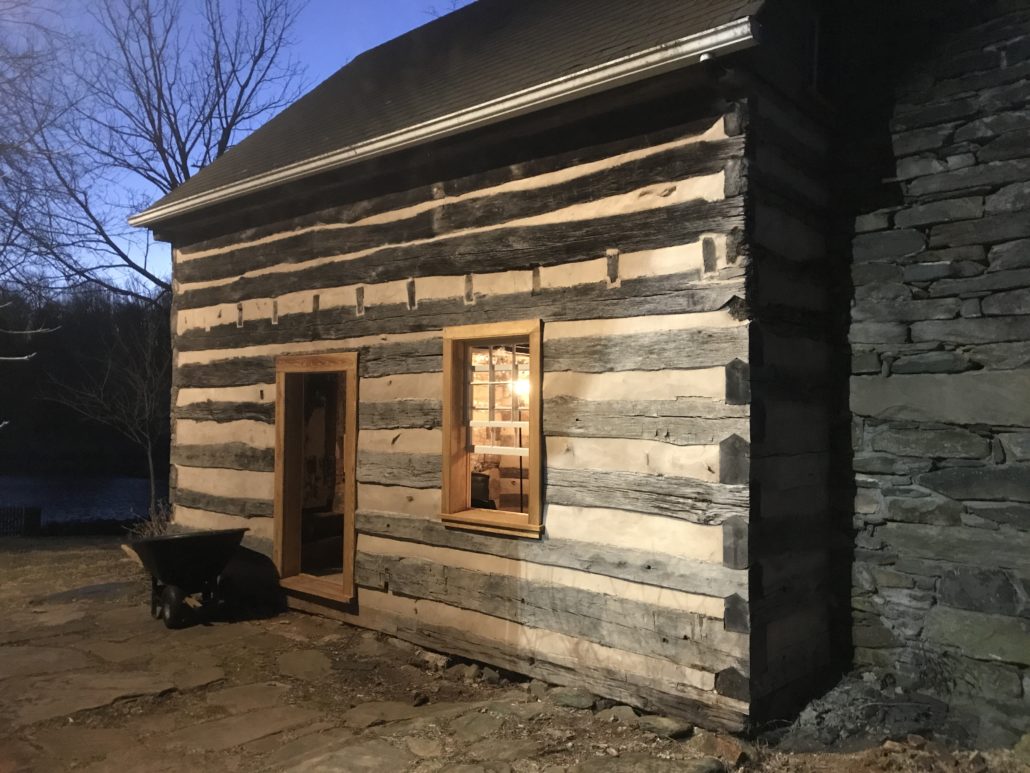The Clifton Institute is a 501(c)(3) non-profit organization in Warrenton, VA. Our mission is to inspire a deeper understanding and appreciation of nature, to study the ecology of our region, to restore habitat, and to conserve native biodiversity. We provide environmental education, conduct ecological research, and restore habitat for native plants and animals. Our 900-acre field station, which includes forests, grasslands, shrub fields, and wetlands, provides a beautiful and easily accessible location for all of our programs and is permanently protected under a conservation easement.
Interested in visiting our field station? You can find our calendar of education programs and volunteer opportunities here. You can schedule a field trip for your pre-K-12 class here. We invite Friends of the Clifton Institute to come explore our trails on Saturdays from mid-January to mid-October, which are all posted on our calendar. You can become a Friend with a minimum annual donation of $40 by donating here. We hope we’ll see you here soon!
Education
We provide environmental education to people of all ages, from pre-K students to septuagenarians. Our programs, which include field trips, natural history lectures, and guided tours, foster scientific proficiency and critical thinking. They also encourage a sense of curiosity and wonder in nature.
Participants in our programs are encouraged to be physically active, intellectually engaged, and mindfully observant, improving both their physical and mental health. After experiencing the beauty of the northern Piedmont ecosystem, our visitors are inspired to take better care of the natural world, both locally and globally.
Check out our YouTube channel!
Whether you are getting ready for a visit, have just visited, or just want to learn more about us, you can see what our programs are like by watching our YouTube channel. We have videos with activities for kids, silly songs, talks for adults, nature journaling inspiration, and more.
Restoration and Conservation
The field station covers a mosaic of different habitat types, including forest, grasslands, shrublands, wetland, vernal pools, streams, and ponds, each of which is home to a different community of plants and animals.
In 2019 we started a major project to restore 100 acres of our pastures to a native grassland.
We are committed to the difficult process of maintaining and restoring this vital ecological system, which will benefit not only the plants and animals who live there, but also the local community of landowners, nature enthusiasts, and scientists.
Of the species that are listed as Species of Greatest Conservation Need by the VA State Wildlife Action Plan, 26% are dependent on early successional habitat.
Grassland birds are declining faster than those of any other habitat across North America (Rosenberg et al. 2019 Science).
Grasshopper Sparrow photo by Alex Shipherd.
Research
Before we were educators or conservationists, we were kids who went out into the woods and wondered about natural history, about why a plant grows where it does or how a bird knows how to build its nest.
We continue to be fascinated by biology and our curiosity drives us in all of our research projects.
We work with high school students, college students, university professors, members of our community, and government entities to conduct research on the ecology and evolution of the species that live here.
The Clifton field station is located on 900 acres of diverse habitats that have been placed in a Conservation Easement, preserving the land from development for the benefit of Piedmont wildlife.
One of our goals is to catalogue EVERY SPECIES that occurs on the 900-acre property. It’s an ambitious goal but we’ll learn a lot and have fun along the way. We started a new iNaturalist project to collect observations.
Let us know if you’d like to visit and help with the project!
History of the Clifton Institute
We often get questions about how long the organization has been around and why we are where we are. The Clifton Institute was founded as The International Academy for Preventive Medicine (IAPM) in 1985 by Dr. Murdock Head, a physician and lawyer. At that time the organization was housed in the International House on Airlie Road. In the 1990s Dr. William Sladen moved to the area and needed a site for his Swan Research Project, eventually landing on the Clifton Farm, then owned by Mrs. Cordelia May. Dr. Sladen had been involved in a project using ultralight aircraft to train Canada Geese to migrate (the inspiration for the movie Fly Away Home) and he hoped to use the same method to train Trumpeter Swans to migrate, although he was never able to successfully do so. Dr. Sladen and his wife Jocelyn Sladen started developing environmental education and research programs at the Clifton Farm, leading to the creation of the Environmental Studies on the Piedmont division of IAPM. In 2005, Mrs. May passed away and left the Clifton property to the organization, an incredibly generous gift. At that time, the property was put under conservation easement, preventing it from ever being developed. Shortly thereafter the organization moved offices to the Clifton farmhouse, where we have been ever since. As environmental projects superseded health-focused efforts, IAPM’s name was changed to the Clifton Institute. Although we no longer study or band Trumpeter Swans, we hope that our efforts to educate people about and conserve native biodiversity carry on the Sladens’ legacy.
When you visit the Clifton Institute, you can’t help but notice the historic farmhouse and cabin. The unusual peach paint color was chosen by our late board member Jocelyn Sladen, who was inspired by the color of Little Bluestem in the winter. Based on dendrochronology of framing timbers, we know that construction on the farmhouse began in 1817 and on the cabin in 1820. The owner of the farm at the time of construction was Joseph Blackwell (1751/2-1826), son of the Joseph Blackwell (1715-1787) who was notable as a member of the House of Burgesses from Prince William County during the sessions of 1753 and 1754 and Fauquier County’s first sheriff. The enslaved people owned by Joseph surely contributed to the construction of both buildings. In 2023 the Fauquier County Architectural Review Board presented us with the Fauquier County Award for Preservation Excellence for our work to conserve the cabin, a valuable historical and cultural resource.

